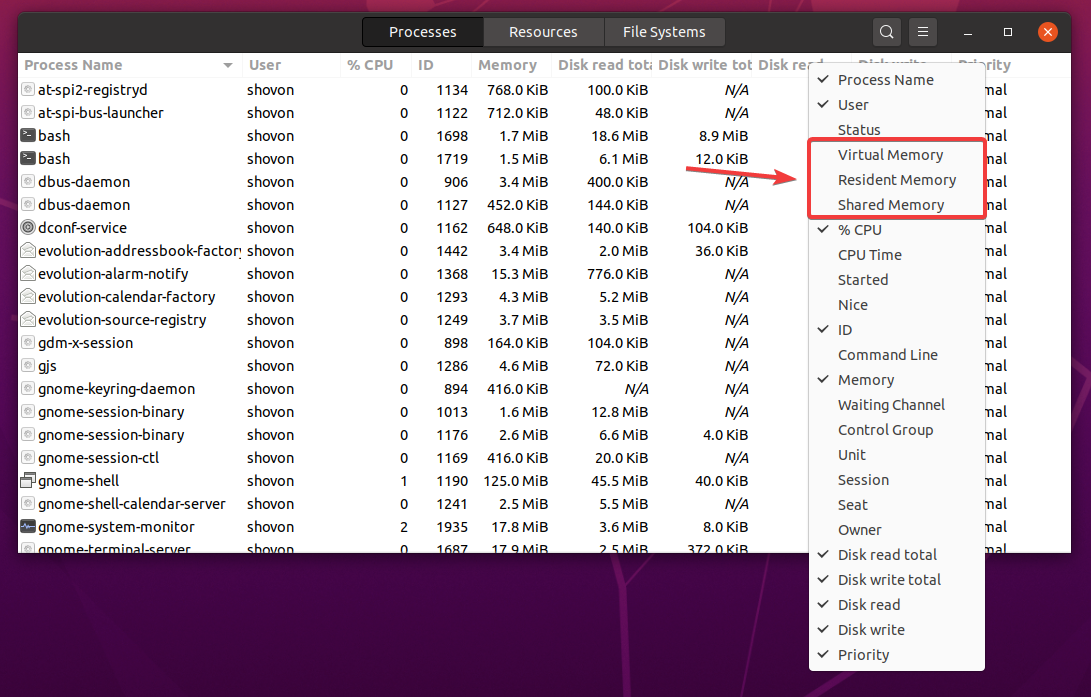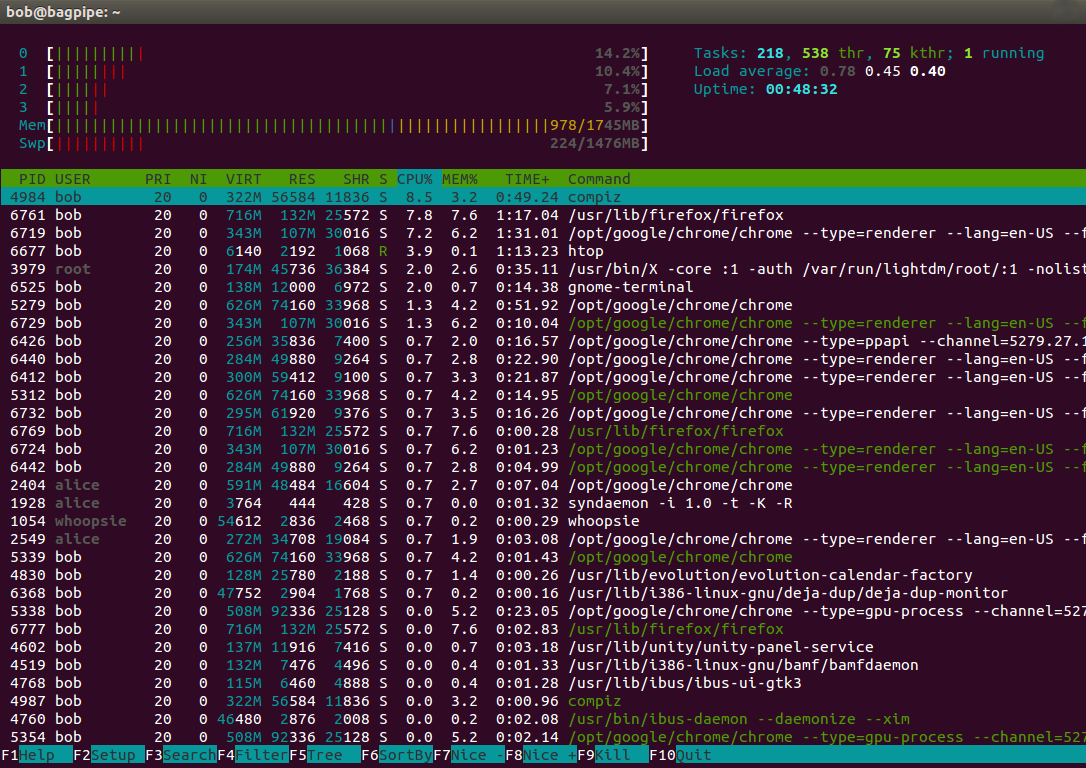

so : the swap memory swapped to the disk.inactive, active : the amount of inactive and active memory.buff, cache : the RAM used by the kernel buffers and by the page caches.swpd : the amount of RAM currently used by your system.b : number of processes in uninterruptible sleep.r : number of runnable processes on your system.The output might be a bit hard to read but here are the details of the columns displayed : Total: 3.9G 3.3G 125M Check RAM using vmstatĪnother great way to check your current virtual memory usage is to use the “vmstat” command. Note that the commands can be combined in order to have a human friendly output and to have the total columns displayed. To show total columns, use “ free” with the “ -t” option. Similarly, with the free command you are able to have total columns displayed in order to check the total amount of RAM and swap available on your system. total used free shared buff/cache availableĪs you can see, the output is easier to read but it is rounded.

To check the current RAM available using a human friendly format, use “ free” with the “ -h” option. Note that even if a lot of memory might be used by the cache or by the buffers, the Kernel may free this space if your system requires more memory for processes.Īs the lsblk command that we discovered in our disk tutorials, the “free “command can be displayed in a human-friendly format. available : the memory available on the system in kilobytes.cache : the number of memory used by the page cache where data might be stored first before being written to disk.buffers : memory used by the kernel buffers.shared : represents the memory used by tmpfs which is a virtual filesystem that appears to be mounted but belongs to volatile memory.




 0 kommentar(er)
0 kommentar(er)
